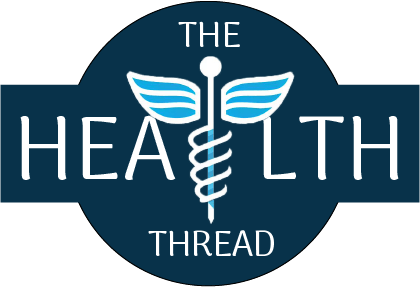Potential risks and precautions associated with intermittent fasting
Intermittent fasting has gained popularity in recent years as a method for weight loss, improved health, and longevity. However, like any dietary or lifestyle change, there are potential risks and precautions to be aware of.
One potential risk of intermittent fasting is the potential for nutrient deficiencies. Depending on the method of fasting, individuals may not be consuming enough essential vitamins, minerals, and macronutrients to meet their daily requirements. This can lead to fatigue, weakness, and other health complications.
Another potential risk is the potential for disordered eating patterns and unhealthy relationships with food. For some individuals, intermittent fasting may lead to binge eating or restrict-binge cycles, which can have negative impacts on both physical and mental health.
Additionally, certain populations, such as pregnant women, individuals with diabetes, and those with a history of disordered eating, should approach intermittent fasting with caution and consult with a healthcare professional before starting.
Recent research has also highlighted potential risks associated with certain types of intermittent fasting. A study published in the Journal of Clinical Endocrinology and Metabolism found that alternate day fasting, where individuals consume no calories every other day, may increase the risk of developing type 2 diabetes. Another study published in the Journal of Adolescent Health found that intermittent fasting may be associated with an increased risk of eating disorders in adolescents.
Despite these potential risks, many individuals have found success with intermittent fasting when done safely and under the guidance of a healthcare professional. To mitigate potential risks and ensure safety, it is important to choose a method of intermittent fasting that is appropriate for your individual needs and lifestyle, and to consult with a healthcare professional before starting.
REFERENCES
- Horne, B. D., Muhlestein, J. B., & Anderson, J. L. (2015). Health effects of intermittent fasting: hormesis or harm? A systematic review. The American journal of clinical nutrition, 102(2), 464-470.
- Cioffi, I., Evangelista, A., Ponzo, V., Ciccone, G., Soldati, L., Santarpia, L., … & Bo, S. (2020). Intermittent versus continuous energy restriction on weight loss and cardiometabolic outcomes: a systematic review and meta-analysis of randomized controlled trials. Journal of translational medicine, 18(1), 1-11.
- Safavi, S. M., Farajian, S., Kelishadi, R., Mirlohi, M., & Hashemipour, M. (2016). The effects of intermittent fasting on metabolic syndrome in adolescents. Journal of Pediatric Endocrinology and Metabolism, 29(7), 871-877.
